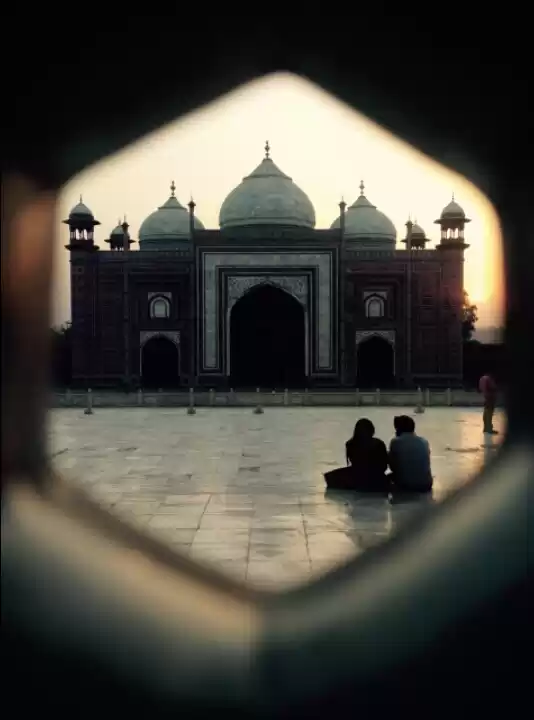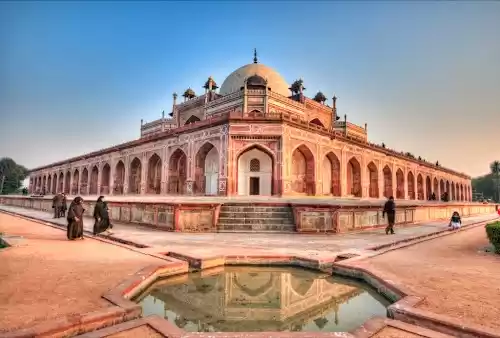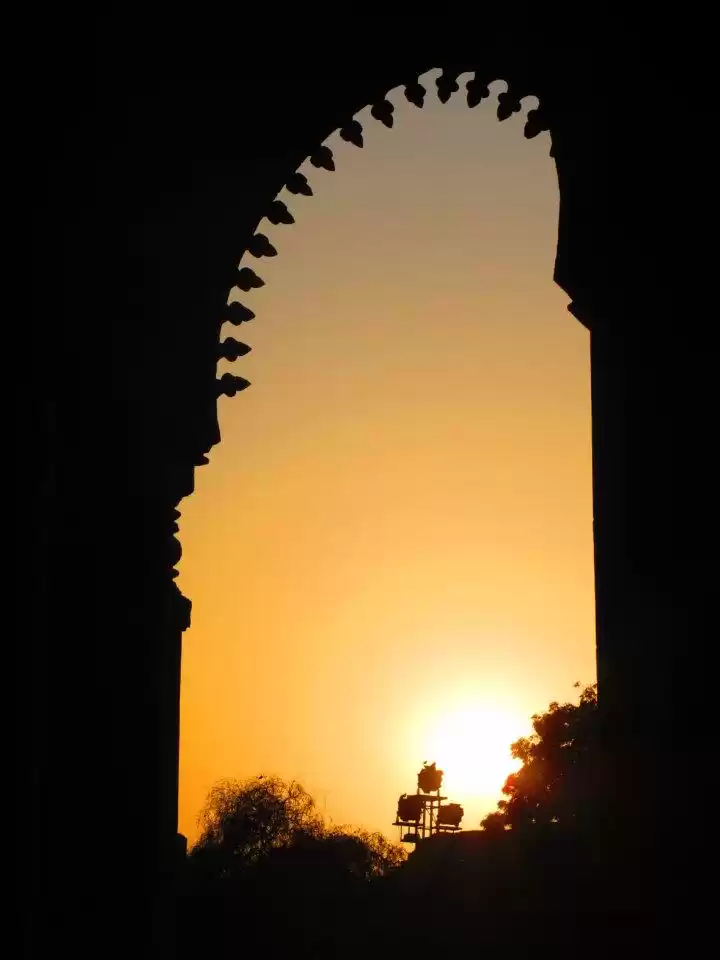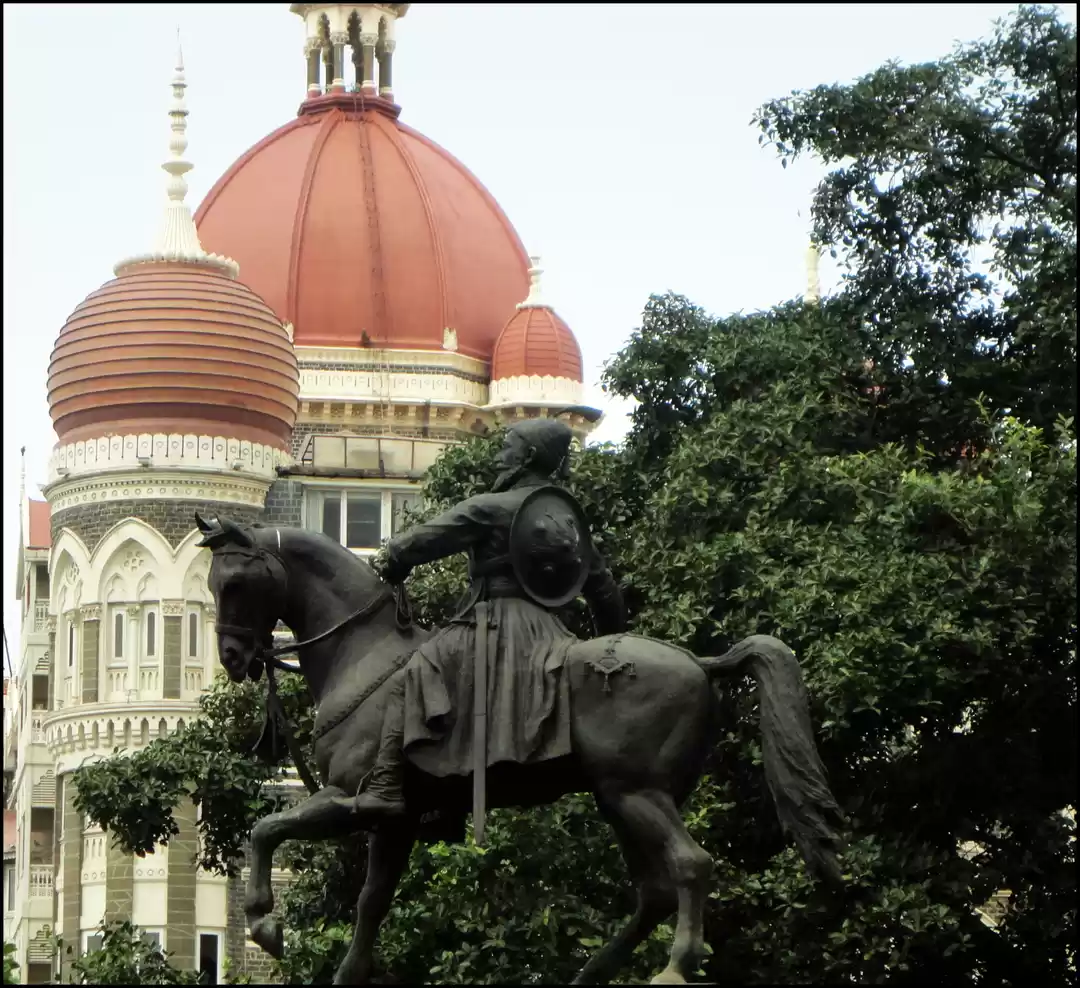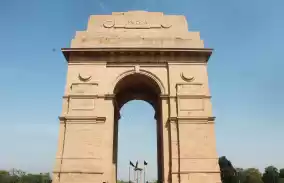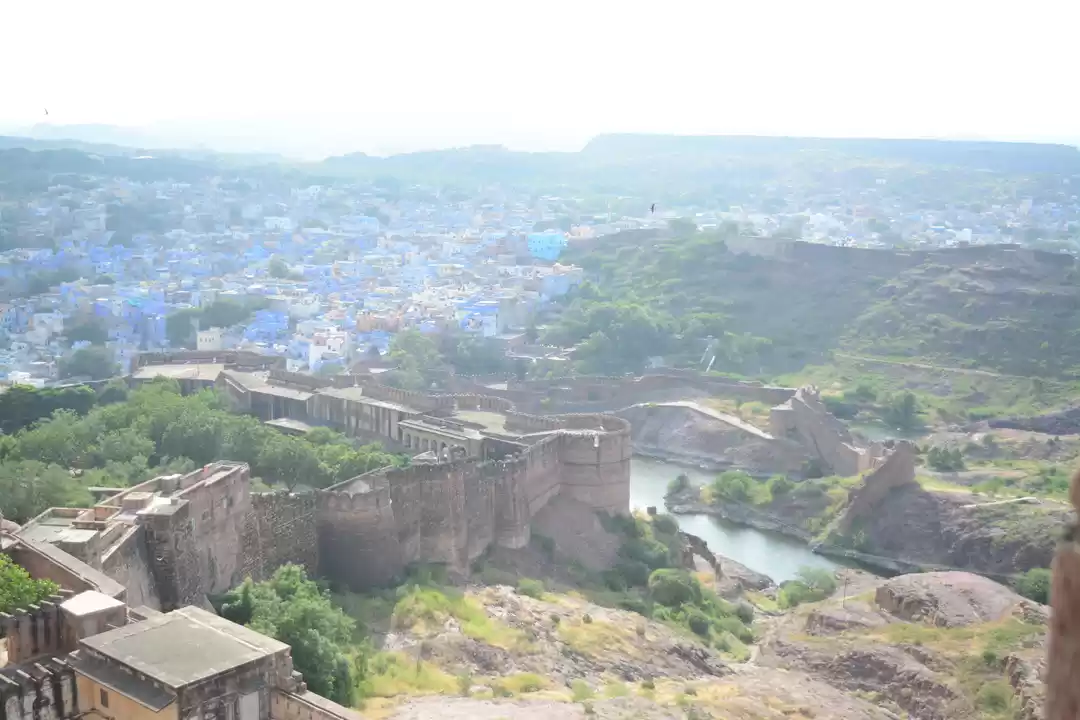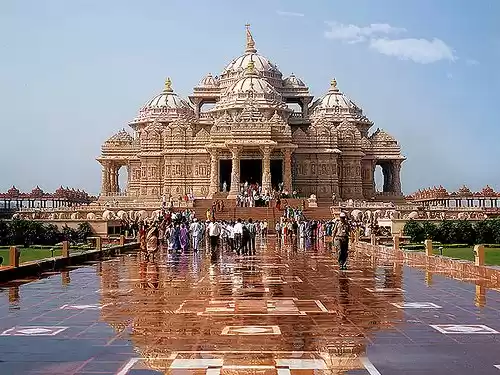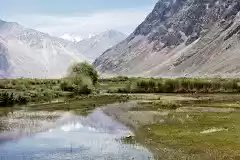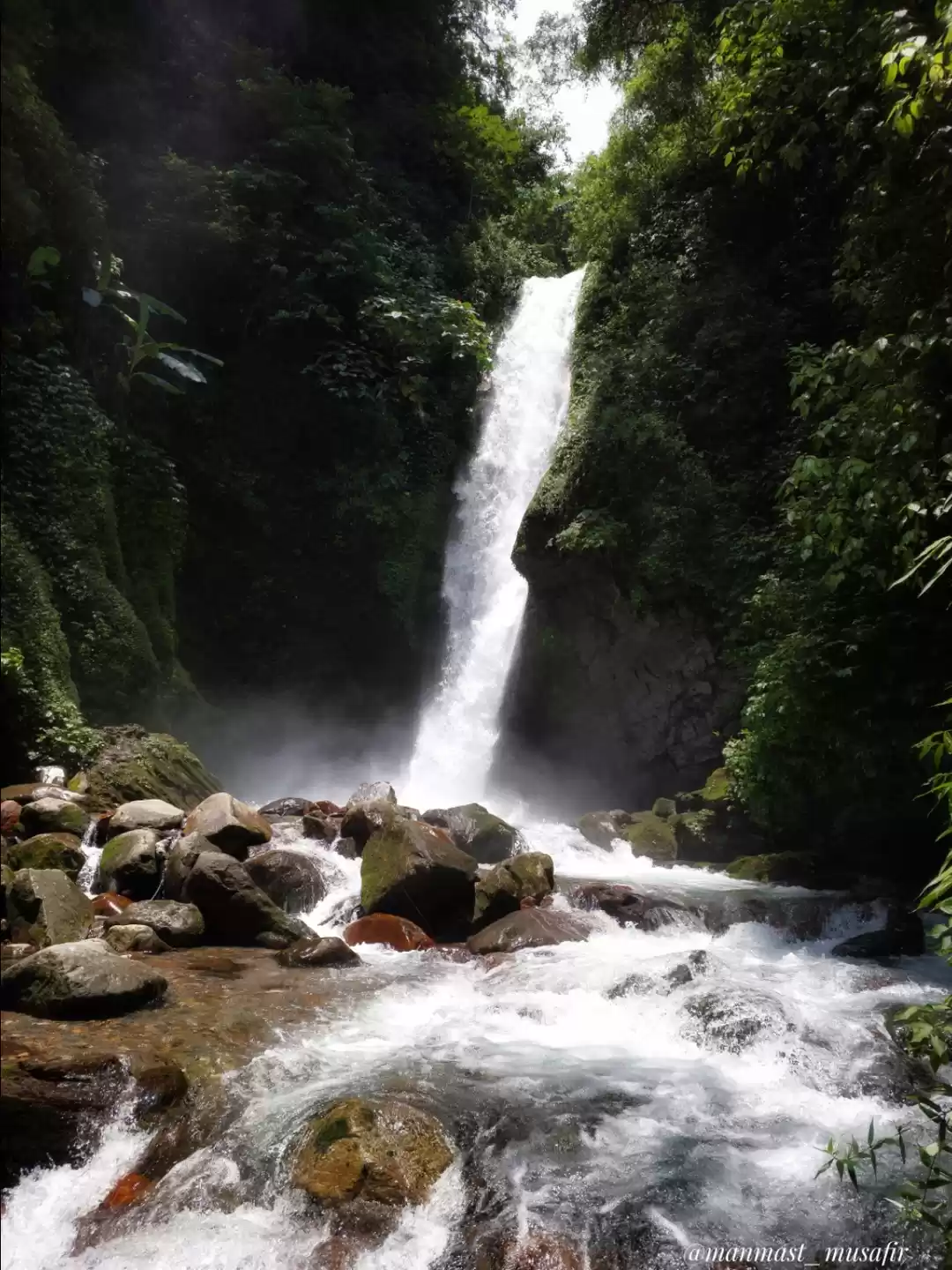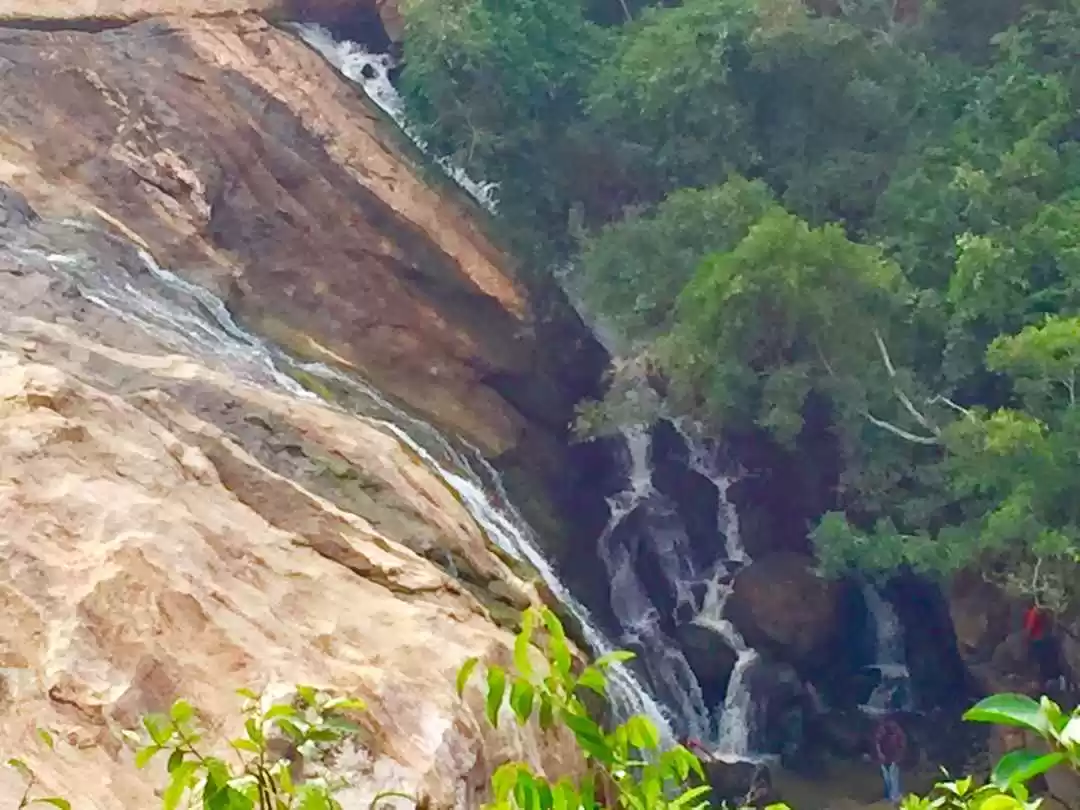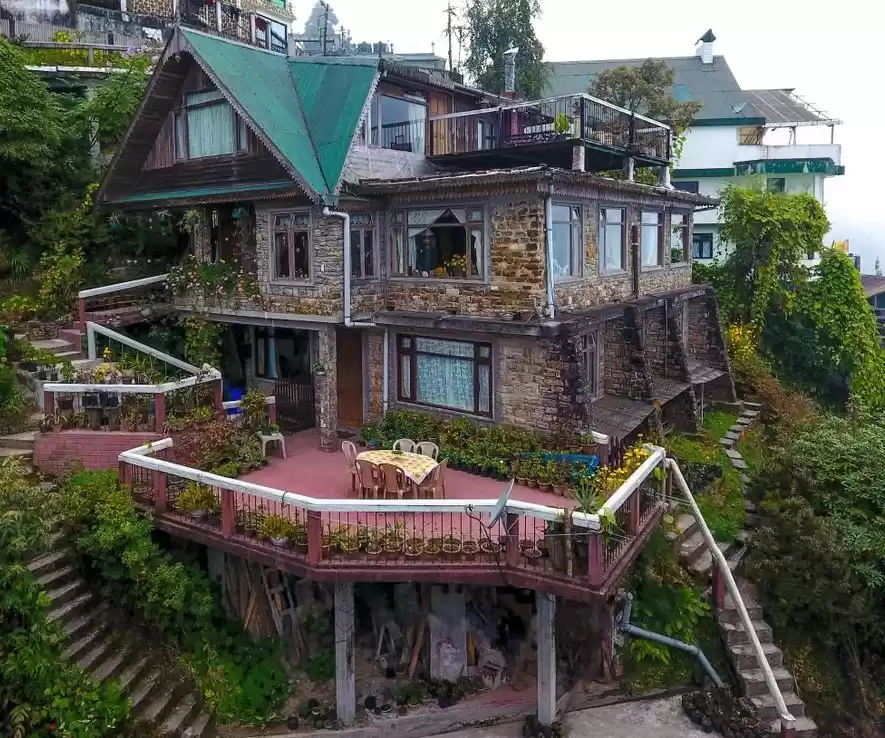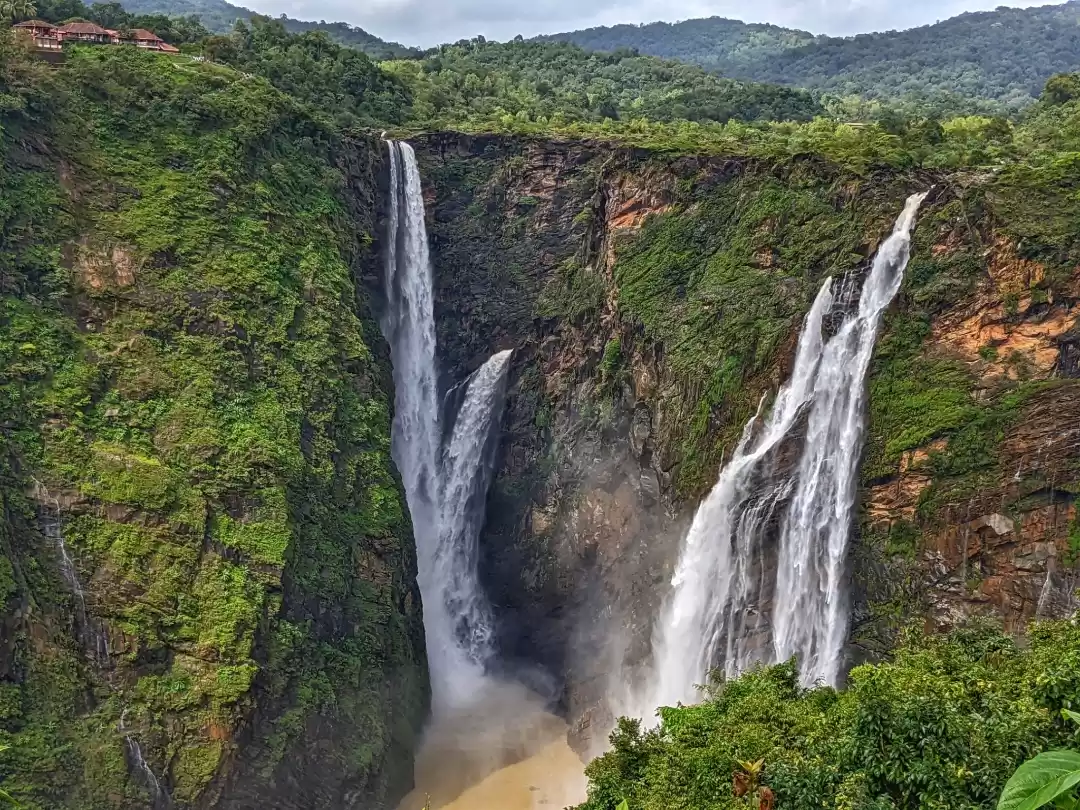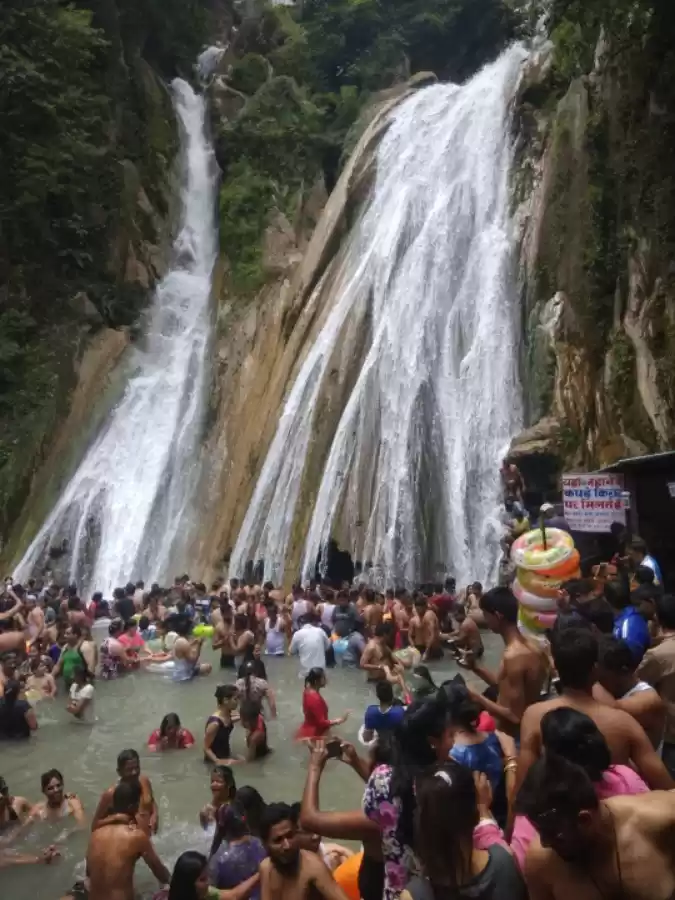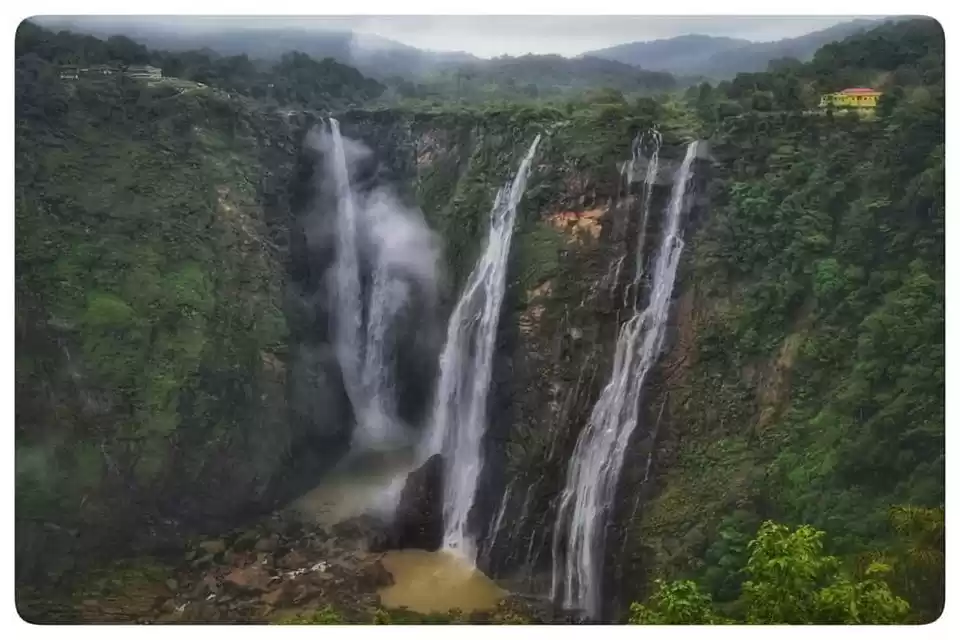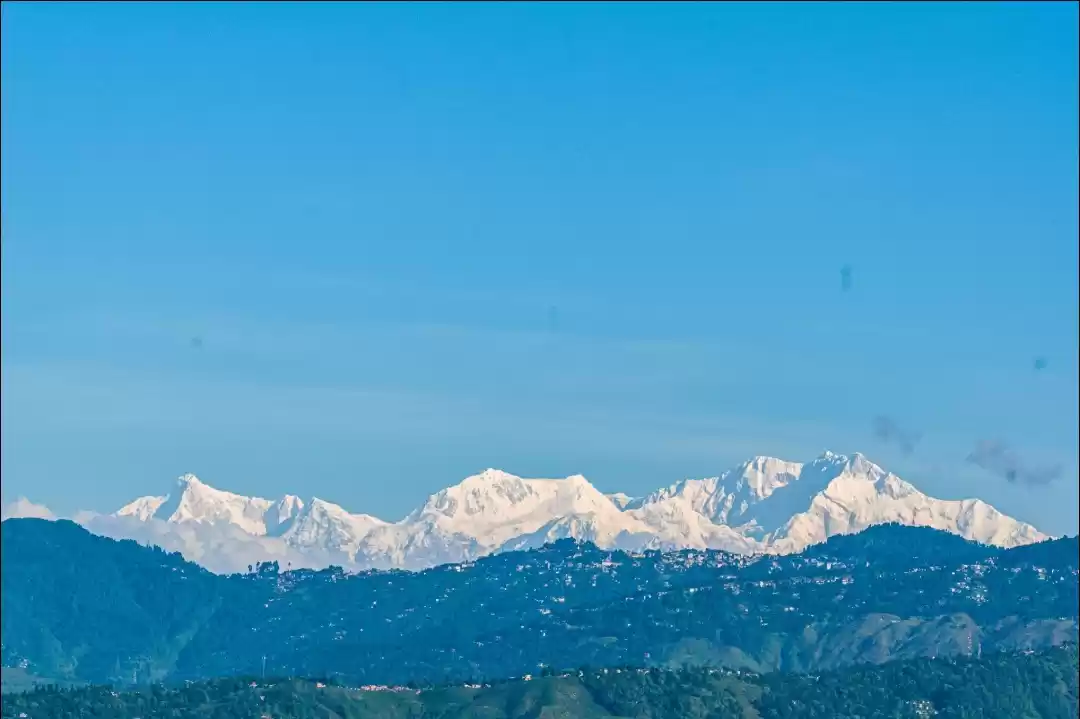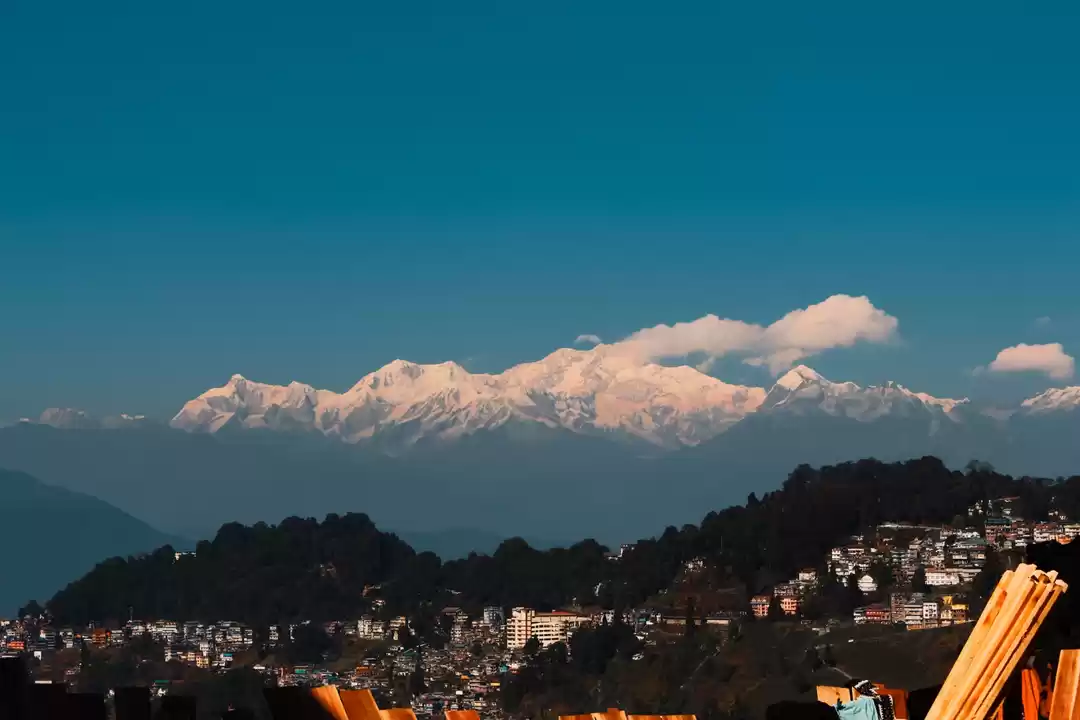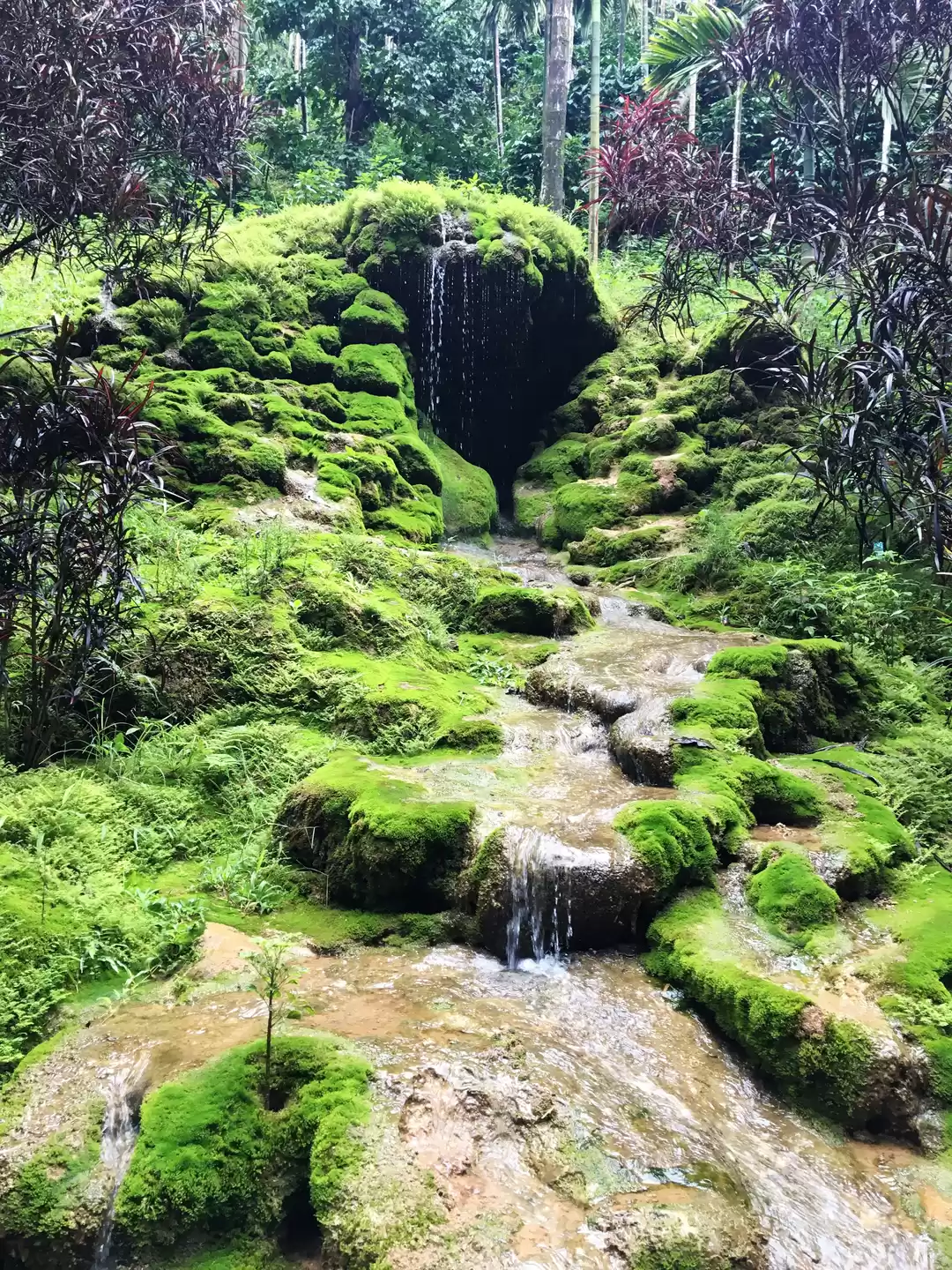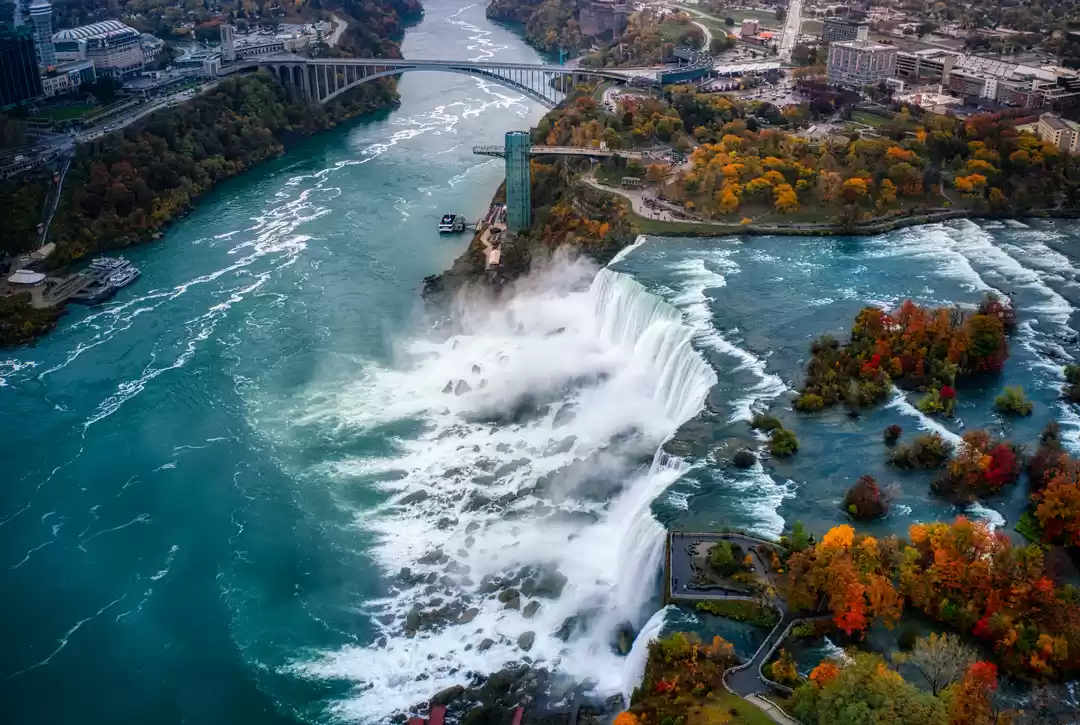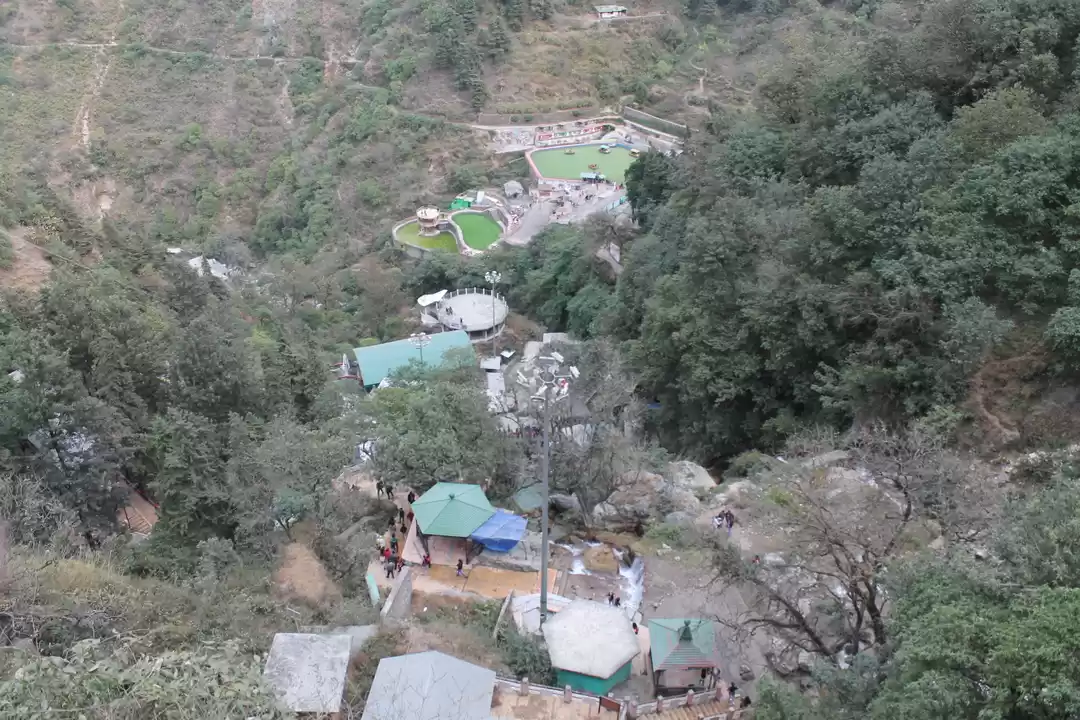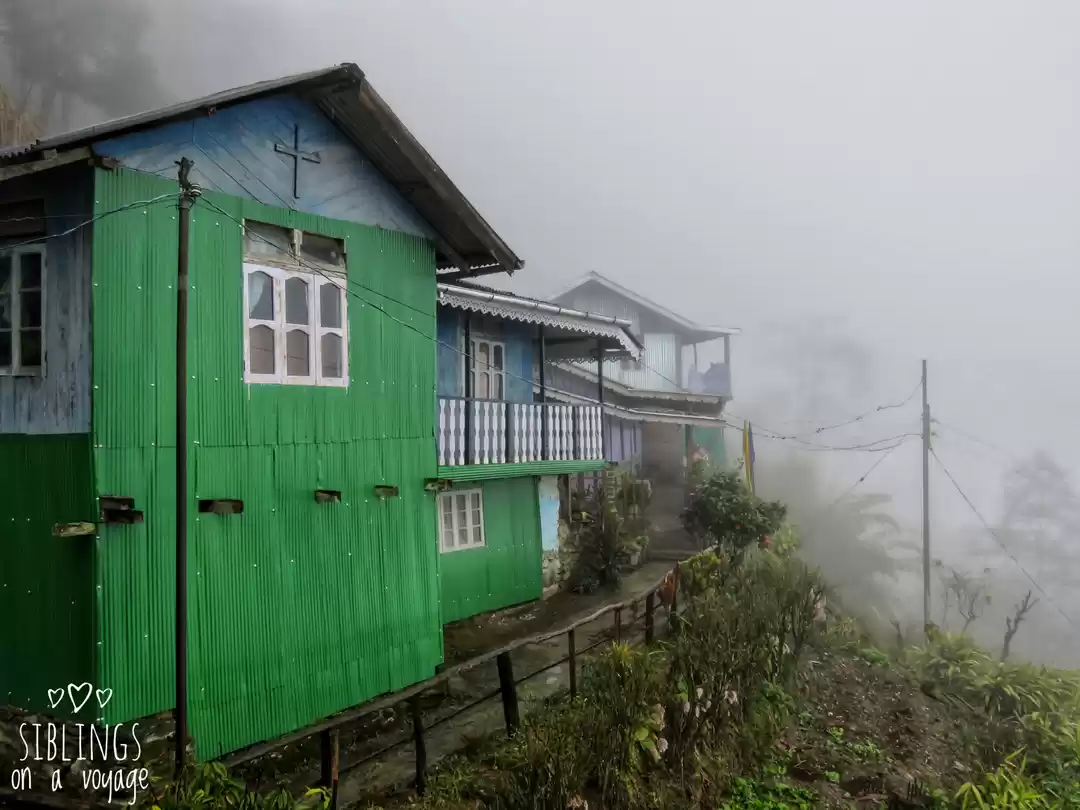Have you ever dreamed of witnessing the glory of the Himalayas from close? Do you want to experience the beauty and culture of Sikkim, one of the most scenic and diverse states in India? If yes, then you should definitely visit Kanchenjunga, the majestic mountain that dominates the skyline of Sikkim and offers stunning views from various viewpoints in Gangtok.
Kanchenjunga is not just a mountain, it is a symbol of Sikkim’s identity, history, and spirituality. It is the third highest mountain in the world, after Mount Everest and K2, and the highest in India. It is also considered as a sacred peak by the people of Sikkim, who believe that it is the abode of their guardian deity. In this article, we will tell you everything you need to know about Kanchenjunga and how to see it from Gangtok, the capital city of Sikkim.
What is Kanchenjunga and What Does It Mean?

The name Kanchenjunga comes from the Tibetan words Kang-chen-dzö-nga, which means “The Five Treasures of the High Snow”.
Kanchenjunga has a rich and fascinating mythology associated with it. According to the legends of Sikkim, Kanchenjunga is the home of Dzö-nga or Chogyal, which means “The King of Deities”. He is believed to be a benevolent protector of Sikkim and its people. He is also worshipped as a manifestation of Guru Padmasambhava, who is credited with introducing Buddhism to Sikkim in the 8th century.
The five peaks of Kanchenjunga are also said to represent his five consorts, who are goddesses of different elements such as earth, water, fire, air, and sky.
How to See Kanchenjunga from Gangtok
One of the best ways to appreciate the beauty and grandeur of Kanchenjunga is to see it from Gangtok, which is situated at an altitude of 1,650 meters (5,410 feet) above sea level. Gangtok offers several viewpoints that offer spectacular views of Kanchenjunga and its surrounding peaks. Some of these viewpoints are:
Hanuman Tok
Hanuman Tok is a Hindu temple dedicated to Lord Hanuman, who is believed to have rested here while carrying a mountain with a medicinal herb to save Lord Rama’s brother Lakshmana. The temple is located at an altitude of 2,100 meters (6,890 feet) above sea level and offers a panoramic view of Kanchenjunga and other mountains. The temple also has a statue of Lord Hanuman that stands 11 meters (36 feet) tall and faces the mountain. The temple is open from 7 am to 5 pm and is accessible by car or taxi from Gangtok.
Ganesh Tok
Ganesh Tok is another Hindu temple dedicated to Lord Ganesh, who is the elephant-headed god of wisdom and success. The temple is located at an altitude of 2,130 meters (6,990 feet) above sea level and offers a splendid view of Kanchenjunga and other peaks. The temple also has a circular balcony that allows visitors to enjoy a 360-degree view of the scenery. The temple is open from 6 am to 7 pm and is accessible by car or taxi from Gangtok.
Tashi Viewpoint
Tashi Viewpoint is one of the most popular viewpoints for watching the sunrise and sunset over Kanchenjunga and other mountains. It is located at an altitude of 1,980 meters (6,500 feet) above sea level and offers a breathtaking view of the changing colors of the sky and the peaks. The viewpoint also has a park, a cafeteria, and a telescope for a closer look at the mountains. The viewpoint is open from 5 am to 6 pm and is accessible by car or taxi from Gangtok.
Also read: Treks In Sikkim - Only The Daredevils Can Do
How to Experience Kanchenjunga from Close

If you want to experience Kanchenjunga from close and feel its majestic presence, you can opt for one of the following ways:
1. Kanchenjunga National Park
Kanchenjunga National Park is a UNESCO World Heritage Site that covers an area of 1,784 square kilometers (689 square miles) around the mountain and its biodiversity. The park is home to a variety of flora and fauna, including rare and endangered species such as snow leopards, red pandas, Himalayan black bears, musk deer, and many more.
The park also has several glaciers, lakes, waterfalls, caves, and hot springs that add to its natural beauty. The park is open throughout the year and can be reached by road from Gangtok or Yuksom.
2. Kanchenjunga Base Camp Trek
Kanchenjunga Base Camp Trek is a challenging and rewarding trek that takes you to the base camp of Kanchenjunga at an altitude of 5,140 meters (16,860 feet) above sea level. The trek offers stunning views of the peaks and glaciers of Kanchenjunga and other mountains such as Kabru, Rathong, Koktang, Pandim, etc. The trek also passes through various villages, forests, meadows, rivers, and bridges that showcase the culture and nature of Sikkim.
The trek takes about 10 to 12 days to complete and requires a high level of fitness and acclimatization. The best time to do this trek is from March to May or September to November.
When is the Best Time to Visit Kanchenjunga
The best time to visit Kanchenjunga depends on your preference and purpose. However, generally speaking, the following are the ideal seasons:
March to May
This is the spring season in Sikkim and the best time for clear views and pleasant weather. The temperature ranges from 10°C to 25°C (50°F to 77°F) and the sky is mostly sunny and blue. The flowers are in full bloom and the forests are lush green. This is also the best time for trekking and wildlife watching.
September to December
This is the autumn season in Sikkim and the best time for snow-capped views and festive atmosphere. The temperature ranges from 5°C to 20°C (41°F to 68°F) and the sky is clear and crisp. The mountains are covered with white snow and the valleys are filled with golden hues. This is also the best time for cultural exploration and photography.
Kanchenjunga is a magnificent mountain that deserves your attention and admiration. It is not only a natural wonder but also a cultural treasure that reflects the spirit and identity of Sikkim. Whether you see it from afar or experience it from close, you will be amazed by its beauty and power.
Also read: "Home to the Kanchenjunga" Sikkim, Top Places to Visit In Sikkim
So what are you waiting for? Book your trip to Kanchenjunga with Tripoto today and get ready for an unforgettable adventure!



















